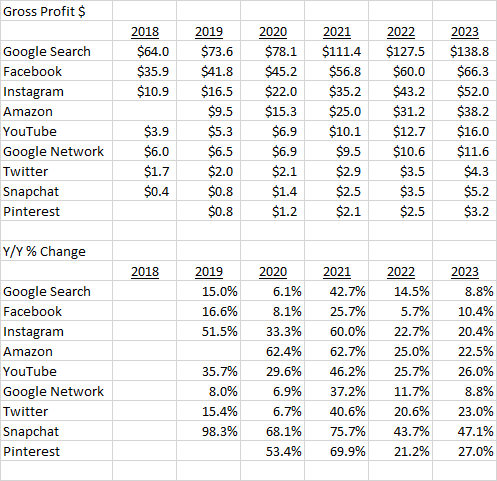
Trying to make sense of this. In Feb 16, Zillow said they were involved in 3.1% of transaction sides in 2014 and 3.9% in 2015. Yesterday said were involved in 3% in 2021. So sides were down from 2015 to 2021 and PA revs as % of agent commissions generated are 33%, up from 10%. 





I don't know if its a different methodology or I'm doing something wrong. But now they are forecasting doubling transactions involved in to 6% by 2025. So would love to understand the trajectory from 2015 to now, to better handicap the likelihood of 2021 to 2025.
Zillow now says prior to 2019 they couldn't calculate the number of transactions that they were responsible for. But the fewer transactions they were responsible for, the higher the ratio of PA revs to commissions generated, meaning less upside in PA 4.0 and Flex etc. 

With PA revs to commissions generated at 33%, Flex is now seen more as a conversion driver than generating upside per transaction. The initial rationale I thought was that they were leaving money on the table, but that seems not the case. Need to drive transaction counts. 

• • •
Missing some Tweet in this thread? You can try to
force a refresh













